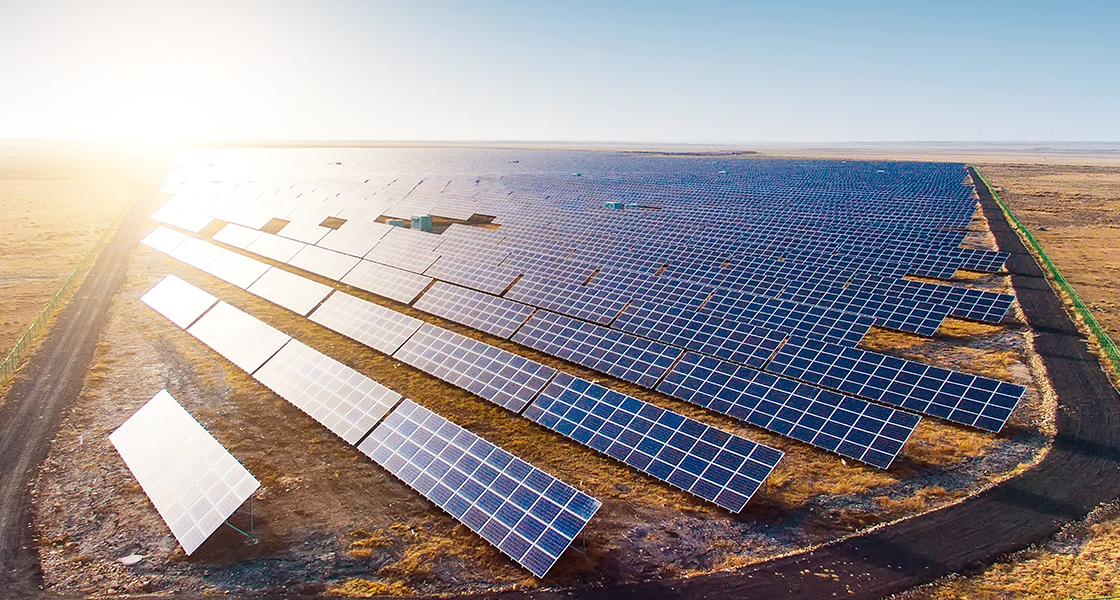PVH’s Intelligent Solar Tracker Powered by LoRaWAN®
Quick Facts
Company
PV Hardware
Customer Profile
PV Hardware (PVH) is a leading provider of innovative solar trackers, structures and SCADA solutions designed for high reliability and low installation costs. Their systems comply with industrial control standards and are optimized for extreme weather conditions. With extensive experience in extreme conditions like sandstorms and high heat, PVH ensures stable performance.
Objectives
- PVH aims to transform solar tracking with smart, terrain-adaptive systems that boost energy output and reduce costs.
- To achieve this, they’ve chosen LoRaWAN to build a reliable, cost effective wireless network that works even without stable internet.
Results
- Maximum Energy Output: Panels track the sun all day for optimal output.
- Reduced Risk: Auto-stows in high winds to prevent damage.
- Real-time: LoRaWAN sends real-time data to SCADA for better decisions.
Products & Services
Introduction
PVH is a top provider of advanced solar trackers, mounting structures and SCADA systems, engineered for exceptional reliability and cost-efficient installation. PVH supplied over 35 GW of trackers worldwide to over 500 PV plants. The company emphasizes full value-chain control from custom design to production, ensuring fast, reliable and terrain-adaptive solar solutions.
In the diverse landscape of solar trackers, no single product can address every requirement. That’s why they’ve developed the industry’s most extensive range of solar tracking solutions. To enhance performance, they’ve also introduced the DBOX – a smart tracker controller that forms the core of their Deeptrack™ by PVH ecosystem, which is the intelligence behind Solar plant optimization. This integrated system continuously adapts in real time to optimize energy generation, ensuring peak performance and operational efficiency across the solar plant.
Challenge
The lack of advanced tracking and control systems in a solar plant faces several operational and financial drawbacks. Fixed-tilt panels are unable to follow the sun’s movement, resulting in 15–25% lower energy generation compared to tracker-equipped systems. This inefficiency leads to reduced ROI, higher levelized cost of electricity and the need for more panels and land to achieve comparable output, increasing both capital and space requirements. Energy production is also suboptimal during morning and evening hours, further limiting overall efficiency. Additionally, the absence of smart controlling systems eliminates wind stowing capabilities, exposing the plant to greater risk of structural damage during highwind events, now occurring more frequently and intensely, even beyond traditionally affected desert or cyclone-prone regions. With no smart automation or real-time weather response, the plant experiences increased downtime, reduced performance and diminished long-term reliability.
Solution
PVH’s DBOX is an advanced solar tracker controller that serves as the intelligence hub of the tracking system. It enables real-time, precise adjustment of tracker angles based on sun position, weather conditions and site-specific parameters, maximizing energy generation. The DBOX supports both edge processing and remote monitoring, enabling predictive maintenance, faster fault resolution and grid compliance.
A key feature of the DBOX is that it leverages a private LoRaWAN network deployed leveraging Semtech’s LoRa Connect™ devices for the end-nodes controlling the trackers, which provides long-range and highly reliable wireless communication. LoRaWAN enables DBOX units to communicate reliably across vast distances without the need for costly trenching or complex cabling infrastructure. It is particularly effective in large-scale solar farms, where terrain unevenness and remoteness can disrupt traditional wired or short-range wireless solutions.
By leveraging LoRaWAN’s scalability in the form of self-contained private network, PVH’s DBOX enables the deployment of thousands of interconnected trackers with minimal infrastructure, significantly reducing installation time, operations and maintenance (O&M) costs while improving the energy efficiency and intelligence of solar plant operations.
Benefits
Superior Connectivity with LoRaWAN
LoRaWAN enables long-range and interference-resistant communication, making it ideal for connecting thousands of trackers across vast solar farms without the need for extensive cabling. Its ability to maintain robust signal propagation even across uneven terrain and remote locations ensures seamless, reliable connectivity between all field devices and the central control system. This eliminates the complexity and cost of traditional wired infrastructure while ensuring data flows reliably in real time.
Easy to Deploy and Manage Private Networks
A LoRa-based private network is simple to deploy and operate without complex infrastructure. It functions independently, requiring no dependency on cellular connectivity. All communication stays within the local network, enhancing control and security. This makes it ideal for remote or off-grid locations where traditional networks are unavailable.
Wind Safety Built-In via LoRaWAN
Each DBOX controller is connected through LoRaWAN® to anemometers installed across the plant. When a high wind event is detected by any sensor, LoRaWAN enables instant, plant-wide broadcasting of alerts to all trackers simultaneously. This rapid, wireless coordination triggers automated stow positioning protecting the entire system from wind damage.
Precision Tracker Control Powered by LoRaWAN
Each motorized tracker operates autonomously yet in coordination, receiving commands and transmitting data independently. Unlike traditional group-based control systems, LoRa allows each DBOX to adjust its tracker based on local sunlight, shading and terrain conditions, enabling panel-level optimization. This improves overall energy yield while maintaining efficient, real-time communication across thousands of nodes with minimal power consumption.






